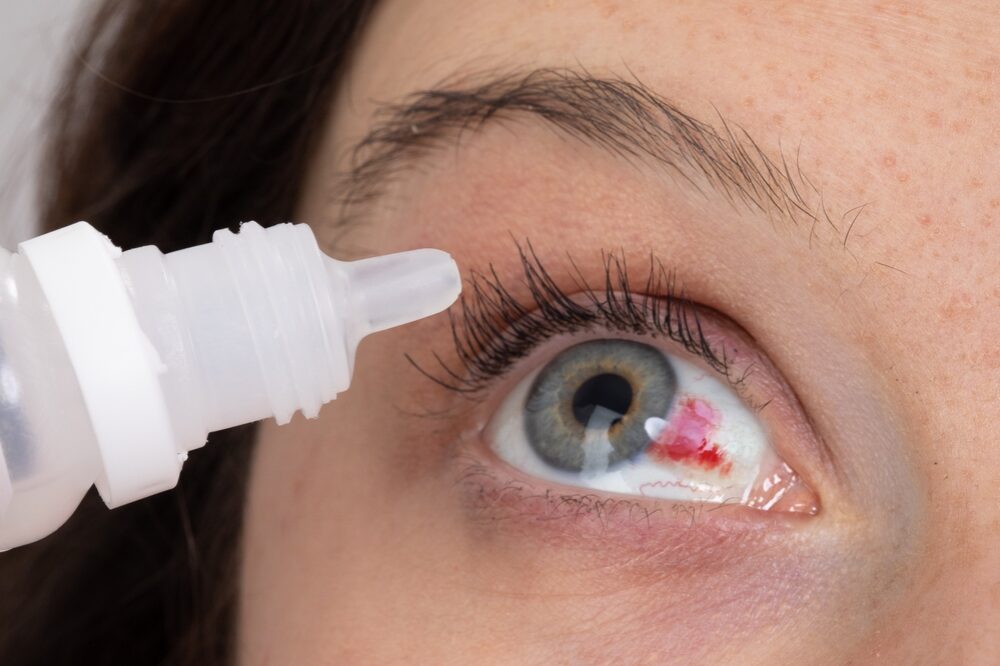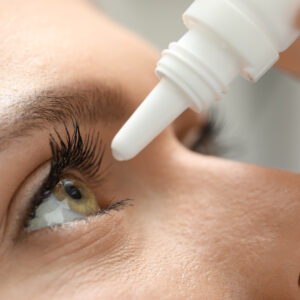Oxervate Corneal Side Effects Not Adequately Disclosed On The Eye Drops Warning Label: Study
Researchers suggest the side effects of Oxervate eye drops outlined on the warning label fail to disclose the risk that users may develop corneal deposits, which can lead to severe vision impairment or vision loss.

- Oxervate eye drops are prescribed for the rare eye disease neurotrophic keratisis
- Recent study highlights cases of Oxervate corneal deposits and corneal plaques, which can lead to serious and irreversible vision loss
- Researchers point out that the current warning label fails to adequately disclose the Oxervate corneal side effects
- Lawyers are now reviewing Oxervate lawsuits for users left with corneal deposits, plaques or other vision problems from the eye drops
Following a number of adverse event reports submitted in recent years involving Oxervate corneal side effects, a recent study suggests that these problems are not just isolated incidents, but are part of a concerning pattern that the manufacturers has not adequately disclosed to users and the medical community.
Oxervate (Cenegermin) is a prescription eye drops solution, which is used to treat a condition known as neurotrophic keratitis, which is a rare and progressive eye disease that can lead to severe vision loss from corneal nerve damage.
Although it was originally hailed as a first-of-its-kind breakthrough treatment, there are now growing concerns that Oxervate may actually cause serious eye problems for some users, potentially increasing the risk of corneal deposits and corneal plaques, which are not listed as potential side effects on the Oxervate warning label.
In a recent study published in the the peer-reviewed medical journal Expert Opinion on Drug Safety, researchers concluded that more information needs to be provided for users and doctors about the importance of close monitoring during treatment, to identify and manage these Oxervate problems, and manage reactions that may result in serious, irreversible consequences.
As a result of these findings, and other evidence suggesting that the drug makers knew or should have known about the potential side effects, lawyers are now investigating potential Oxervate lawsuits for users who developed corneal plaques or corneal deposits after use of the prescription eye drops.

Do You Have A Case?
Lawyers are reviewing Oxervate lawsuits for individuals who have developed corneal side effects or vision loss. See if you qualify for a claim.
Learn More About this Lawsuit SEE IF YOU QUALIFY FOR COMPENSATIONOxervate Linked to Corneal Deposit Side Effect Risks
In this new study researchers looked at 3,288 cases of Oxervate side effects reported to the FDA’s adverse event reporting system from 2018 through 2022, finding that the reporting odds ratio (ROR) for corneal deposits among Oxervate users was exceptionally high.
The data further indicated that users may face a significantly higher risk of developing corneal deposits, which may ultimately require corneal transplants at a higher rate than those who do not use the treatment. Other potential Oxervate side effects identified in the study as having high reporting odds ratios were;
- Corneal transplant
- Corneal deposits
- Eyelid pain
- Periorbital pain
- Corneal neovascularization
- Eye infection bacterial
- Corneal thinning
- Eye ulcer
The researchers determined that the statistical evidence of real-world Oxervate corneal deposits and other adverse events reported among users pose a serious concern, since there is a lack of safety warnings about the risk on the drug’s label.
“The safety information on the label is incomplete, and the adverse reactions noted are mostly mild and tolerable,” the researchers warned. “However, the occurrence of painful epithelial plagues and irreversible corneal deposits after cenegermin usage have been reported.”
The researchers urged medical professionals to carefully monitor Oxervate users, to better identify and manage the potential side effects, which can result in irreversible vision consequences if not properly treated. In addition, researchers suggest that doctors should possibly reconsider prescribing the drug, depending on the patient’s individual risks.
Oxervate Side Effects Lawsuits Being Investigated
Due to the growing number of Oxervate corneal deposit problems being reported among users, and substantial evidence suggesting that the eye drops manufacturers failed to adequately disclose the side effects, lawyers are actively investigating potential product liability lawsuits against the drug manufacturer, Dompé, indicating that former users left with corneal deposits, corneal plaques and other vision problems may be entitled to financial compensation.
Lawyers indicate that Oxervate settlements may be available individuals prescribed the eye drops who experienced any of the following vision side effects;
- Vision loss
- Blurred vision
- Light sensitivity
- Corneal scarring
- Corneal deposits
- Contact lens deposits
- Severe eye pain and swelling
- Eyelid inflammation
- Corneal transplant surgery
- Artificial cornea surgery
- Other Oxervate side effects
To determine whether you or a loved one may be eligible for an Oxervate lawsuit, submit information about your potential claim for review by a personal injury lawyer to determine whether a settlement or lawsuit payout may be available. There are no fees or expenses unless a recovery is obtained in your case.
Want a weekly update on top lawsuits, recalls & warnings?
"*" indicates required fields



0 Comments